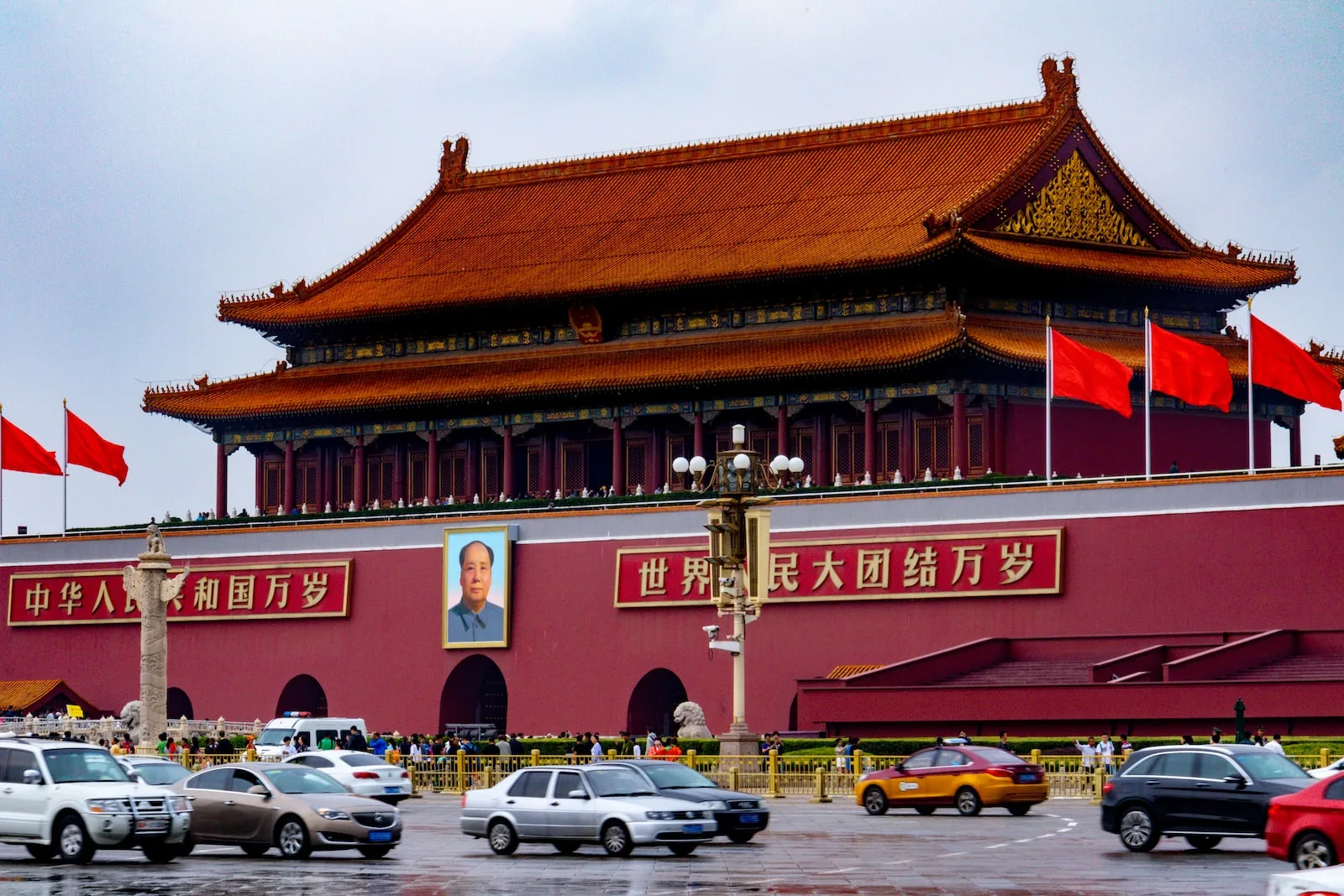27 Interesting Facts About China You Never Knew
1. China is the World’s Second Most Populous Nation.
China, once the most populous nation globally, with a population exceeding 1.4 billion people, now holds the position of the second most populous country.
In 2023, India surpassed China in population, becoming the world’s most populous nation with over 1.43 billion people.
2. The Great Wall of China, located in China, is one of the Seven Wonders of the World.
The Great Wall of China is an ancient fortification built to protect the country from invaders. Construction on the wall began over two thousand years ago and continued for centuries.
Today, the Great Wall is one of China’s most popular tourist destinations. It was listed as a UNESCO World Heritage Site in 1987 and was named one of the Seven Wonders of the World in 2007.
3. Tea was First Discovered in China.
Tea has been an integral part of Chinese culture for thousands of years. It is believed that tea was first discovered in China and has since become a staple in the diet of most Chinese people.
Tea is not only consumed for its refreshment value but also for its health benefits.
4. The Forbidden City in Beijing is the World’s Largest Palace Complex.
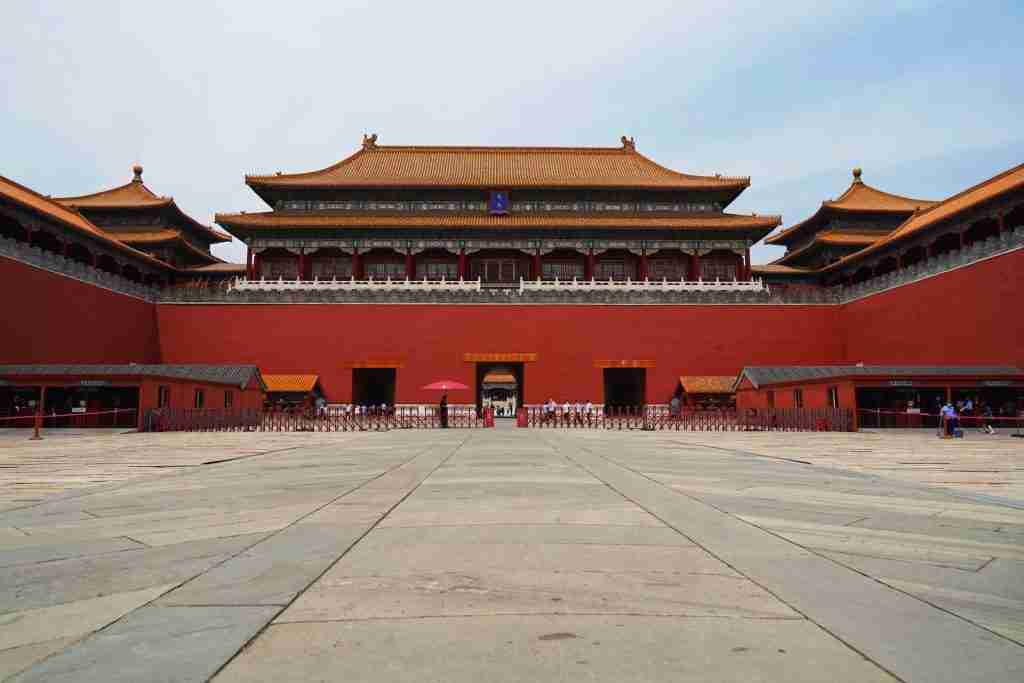
The Forbidden City in Beijing is a palace complex that covers 74 hectares. It has 909 buildings and 8,707 rooms. The Forbidden City was the imperial palace during the Ming and Qing dynasties.
It was the home of twenty-four emperors and their households for five hundred years.
5. The color white symbolizes death in China, while red is considered lucky for weddings.
For over 650 years, as part of Chinese wedding traditions since the Ming Dynasty, brides have worn red dresses like Qun Kwa or cheongsam to symbolize the happiness of marriage.
In contrast, during Chinese funerals, subdued colors and a white banner reflect mourning throughout the seven days.
This dual use of red in weddings and white in funerals highlights the nuanced symbolism attached to colors in various Chinese life events.
6. Chinese New Year Begins On The First Day Of The Lunar New Year.
Chinese New Year is celebrated by over 1 billion people each year, and it is a 15-day festival that celebrates the beginning of spring.
During this time, families gather to enjoy traditional foods and activities and give blessings to each other for good luck in the coming year.
7. Ice cream was invented in China nearly 4,000 years ago.
Ice cream, surprisingly, originated in China around 4,000 years ago. Ancient Chinese elites savored an early version made from milk and rice.
This historical treat offers insight into ancient Chinese culinary ingenuity, influencing the global ice cream tradition we know today.
8. The Leshan Giant Buddha took 90 years to complete.
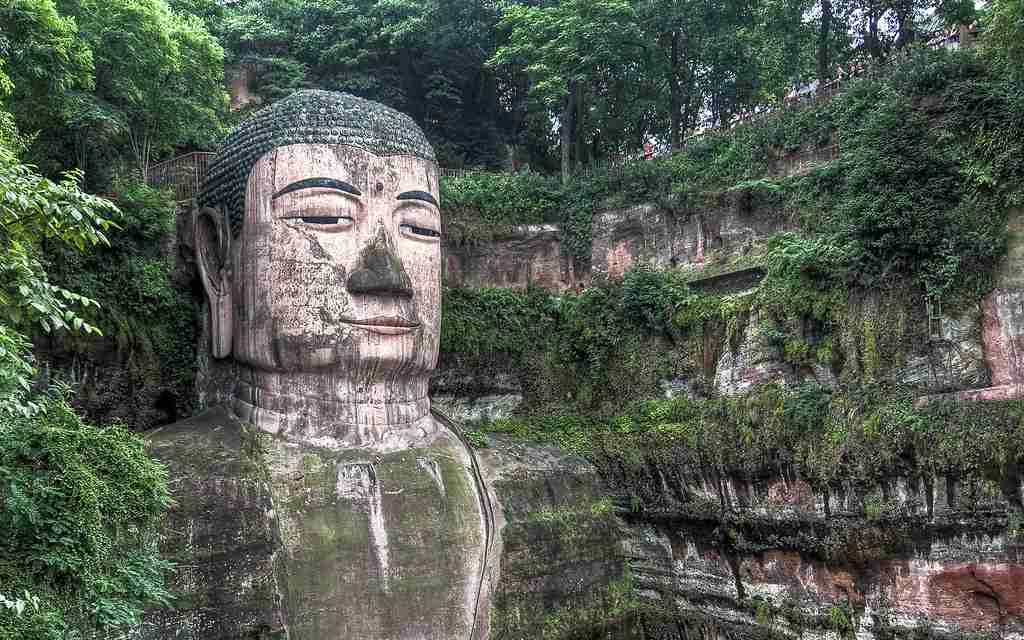
Carved over 90 years, the Leshan Giant Buddha, standing at 71 meters, holds the title of the world’s tallest Buddha sculpture and has been a UNESCO World Heritage Site since 1996.
With intricate details like a wooden ear, 1,021 hair buns, and a closed chest hole housing a Song Dynasty stele, the statue, initiated by monk Hai Tong, symbolizes compassion for local safety near converging rivers and exhibits a unique emotional expression.
9. Peking Duck is a traditional delicacy in the country.
Peking duck is a traditional delicacy in China. Its preparation dates back to imperial times when it was reserved for the emperor and his court, and its preparation dates back to the Yuan dynasty (1271-1368).
10. The number four is considered unlucky in Chinese culture.
In Chinese culture, the number four is deemed unlucky due to its phonetic similarity to the word for death. This belief extends to architecture, where Chinese buildings commonly omit the fourth floor.
The aversion to the number four also extends to license plates, with Chinese drivers actively avoiding plates ending in four as a cultural practice rooted in avoiding associations with death.
11. China faced the world’s worst traffic jam, lasting 12 days on the Beijing-Tibet Expressway in 2010.
China experienced its worst traffic gridlock in August 2010, which covered 100 km on the Beijing-Tibet Expressway and lasted for an incredible 12 days. Due mostly to an increase in large trucks traveling to Beijing, traffic volume exceeded the design capacity by 60%.
Five days later, repair work on National Highway 110 began, adding to the perfect storm of events that caused a record-breaking and protracted traffic jam.
12. The Yangtze River is the Longest River in China.
The Yangtze River is the longest in China, stretching over 6,300 kilometers. It is also one of the world’s busiest waterways, hosting cargo ships and passenger cruisers alike.
13. The mortar used to bind the Great Wall’s stones was made with sticky rice, which is also edible.
The Great Wall’s stones were bound together using mortar made from sticky rice, a surprisingly ingenious choice by ancient Chinese builders.
Beyond its structural utility, this adhesive material showcased resourcefulness and durability, contributing to the wall’s stability.
14. China is the World’s Second Largest Economy.
The world’s second-largest economy is China. This booming Nation has been making great strides in recent years, and its citizens are enjoying a higher standard of living as a result.
It is projected to be the largest economy by 2030.
15. Silk was Discovered in China.
Silk was first discovered in China. The story goes that a Chinese empress was sipping tea in her garden when a cocoon fell into her cup.
When she tried to remove it, she realized the cocoon had unspuned itself, and a long, shining thread was in her cup.
16. Shanghai is the Most Populous City in China.
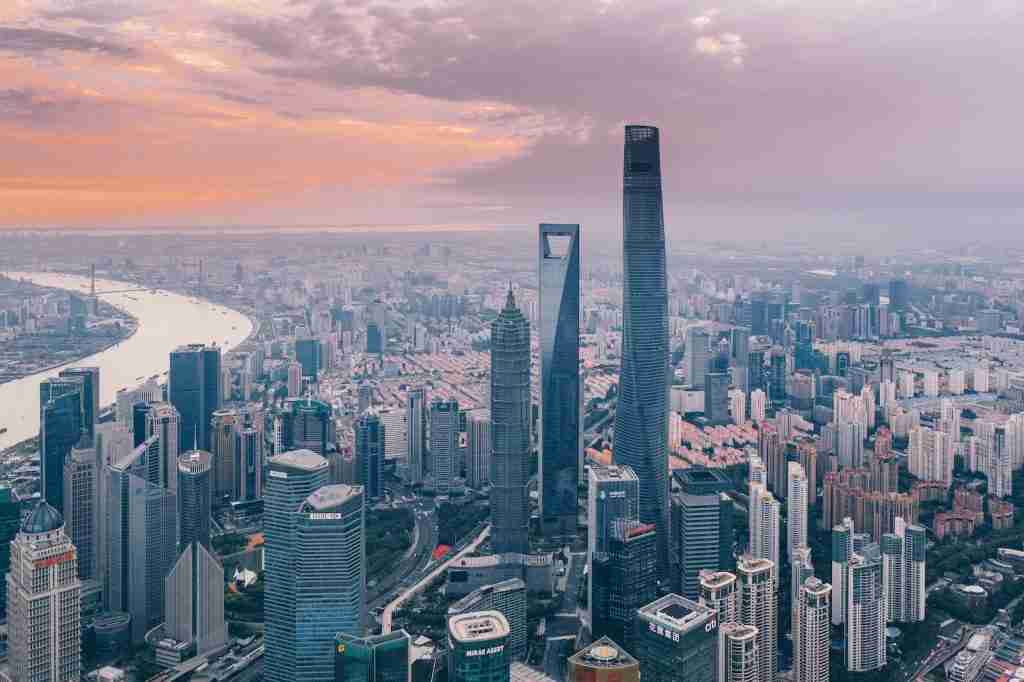
Shanghai is the most populous city in China. With over 24 million people, it is one of the most populous cities in the world. Shanghai is a major financial and cultural center of China.
It is home to some of the tallest skyscrapers in the world and has a rich history dating back centuries.
17. Paper was First Made in China.
The Invention of paper is attributed to Chinese court official Ts’ai Lun, who fashioned paper from rags, tree bark, and hemp waste in 105 A.D.
18. The Chinese government has a ‘One Child Policy’ policy.
As part of learning interesting facts about China, it’s worth noting that the Chinese government implemented the ‘One Child Policy’ in 1978 as a means to control population growth.
The policy dictates that each couple is only allowed to have one child.
19. China invented gunpowder.
China sparked the global gunpowder age with its invention around the 9th century. This strong, combustible mixture allowed for unprecedented firepower in warfare and soon spread throughout the world.
20. Buddhism is the Largest Religion in China.
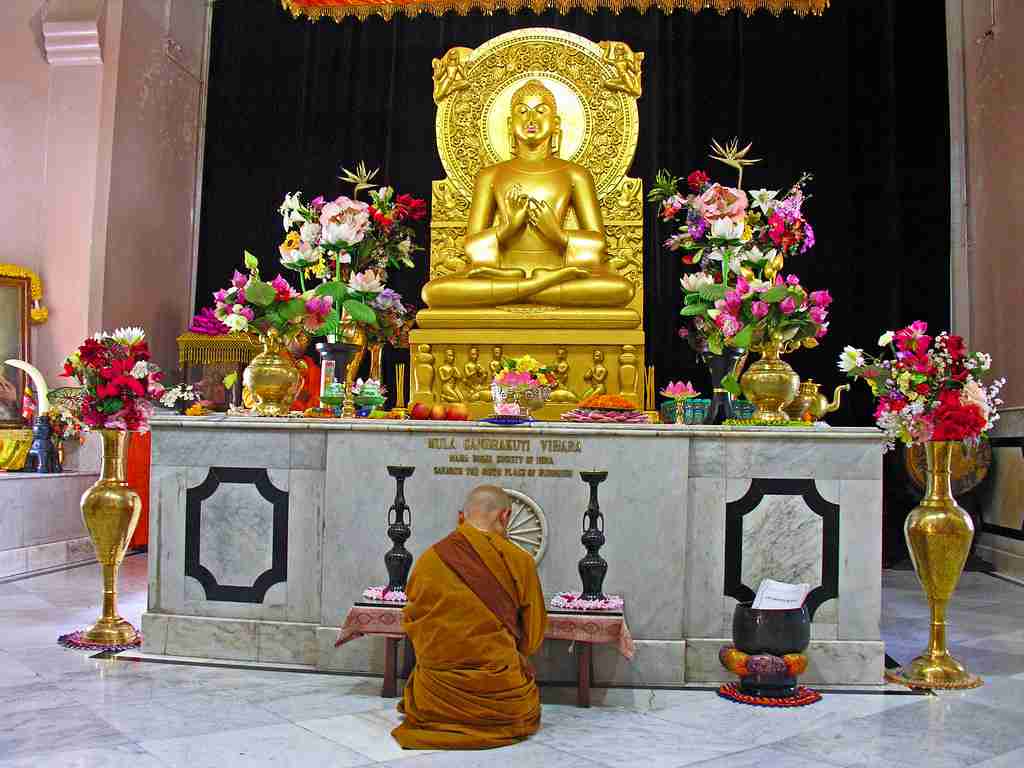
Buddhism has a long and rich history in China, dating back to the Han dynasty. Monks and nuns are important in Chinese Buddhism, with over 13,000 temples throughout the country.
21. Beijing was the host city of the 2008 Olympic Games.
Beijing hosted the 2008 Olympic Games. It was the first time the Olympic Games had been held in China. Nearly 10,500 athletes from 204 nations participated in the games held from August 8 to August 24, 2008.
22. The tallest building in the Second World is located in China, and it is called the Shanghai Tower.
The Shanghai Tower is 632 meters high, and it has 121 floors. It was completed in 2015, costing around 2.4 billion US dollars to build.
23. The Panda is China’s national animal.
As China’s national animal, the panda is a well-loved and treasured creature. However, with only 1,800 pandas remaining in the wild, they are now endangered.
24. The Lhotse mountain peak is the third highest peak in the world, and it is located in China.
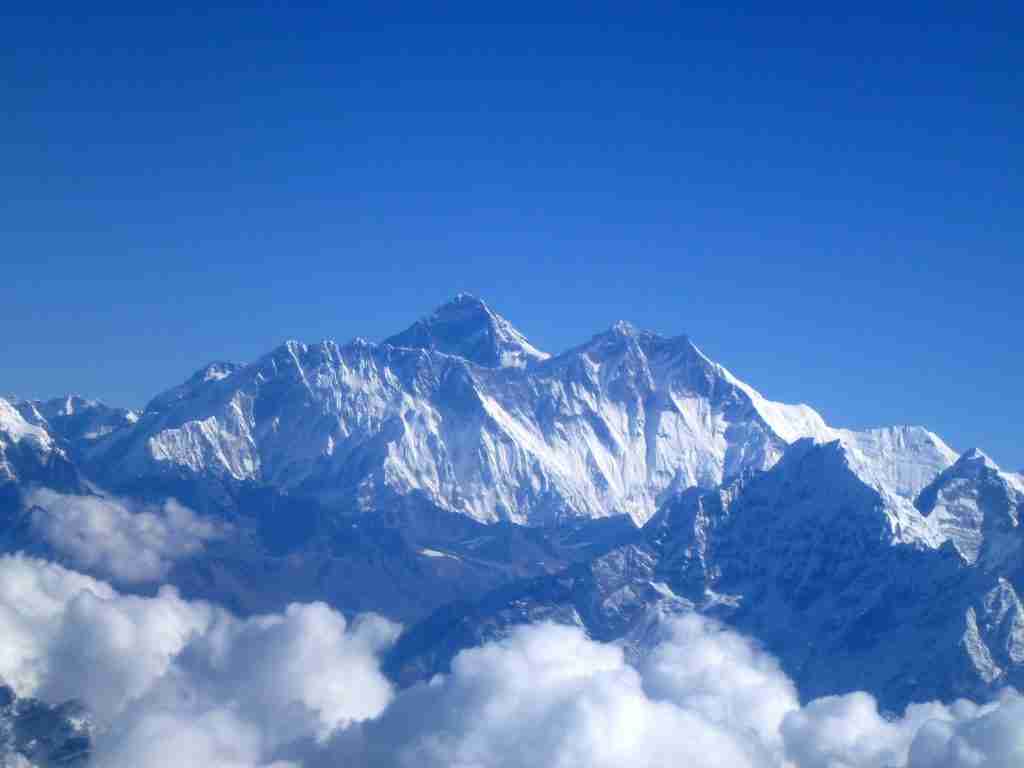
The mountain is part of the Himalayas and is located on the border of Nepal and China. The mountain is 8,516 meters high and is a popular destination for climbers.
25. China used more cement between 2011 and 2013 than the USA used in the entire 20th century.
From 2011 to 2013, as the United States Geological Survey reported, China’s colossal consumption of 6.5 gigatons of cement surpassed all usage by the United States in the 20th century.
This astonishing figure underscores China’s unparalleled urbanization and rapid economic growth during this period. Extensive infrastructure projects, city expansions, and economic development initiatives drove the demand for cement.
26. China’s GDP is 18% of the World’s Total GDP and is the Largest in the World.
China’s GDP is 18% of the world’s total GDP. That means that China contributes a little more than one-fifth of the world’s total economic output. That’s pretty impressive.
27. Mandarin is the Official Language of China.
Mandarin is the official language of China. More than a billion people speak it, and it is the most widely used language globally. Mandarin is a tonal language, meaning each word can be pronounced with a different tone to change its meaning.
FAQS
The official name of China is the People’s Republic of China. However, the Chinese people also refer to their country as 中国 (Zhōngguó), which means Central Kingdom.
Taiwan was part of China until the Qing dynasty fell in 1911. Afterward, Taiwan was ruled by Japan for 50 years before it was returned to China in 1945. Since then, there has been a complicated relationship between Taiwan and the mainland Chinese government, with both claiming sovereignty over the island. In 1949, the Communist Party of China won the Chinese Civil War and established control over mainland China. At this time, most of the people on Taiwan supported the Republic of China (ROC) government, which fled to Taiwan after losing the war.
China is the most populous country in the world, with over 1.3 billion people.
China’s official language is Mandarin, which more than a billion people speak.
China has the largest land army.
The Yangtze River Delta is one of the most polluted areas in China.
China is the largest economy in the world, with a GDP of over $10 trillion.
The Chinese flag has five stars. The stars represent the Communist Party, the workers, the peasants, the urban petty bourgeoisie, and the patriotic capitalists. The red background symbolizes the revolution.
China is a communist country. The Communist Party of China is the ruling party in China and has been since 1949. However, it has been part of practice now famously known as ‘ State Capitalism’ by many in the West.
The capital of China is Beijing.
There are many traditional foods in China, but some of the most famous ones include Peking duck, dumplings, hot pot, and kung pao chicken.
The President of China was Xi Jinping.

